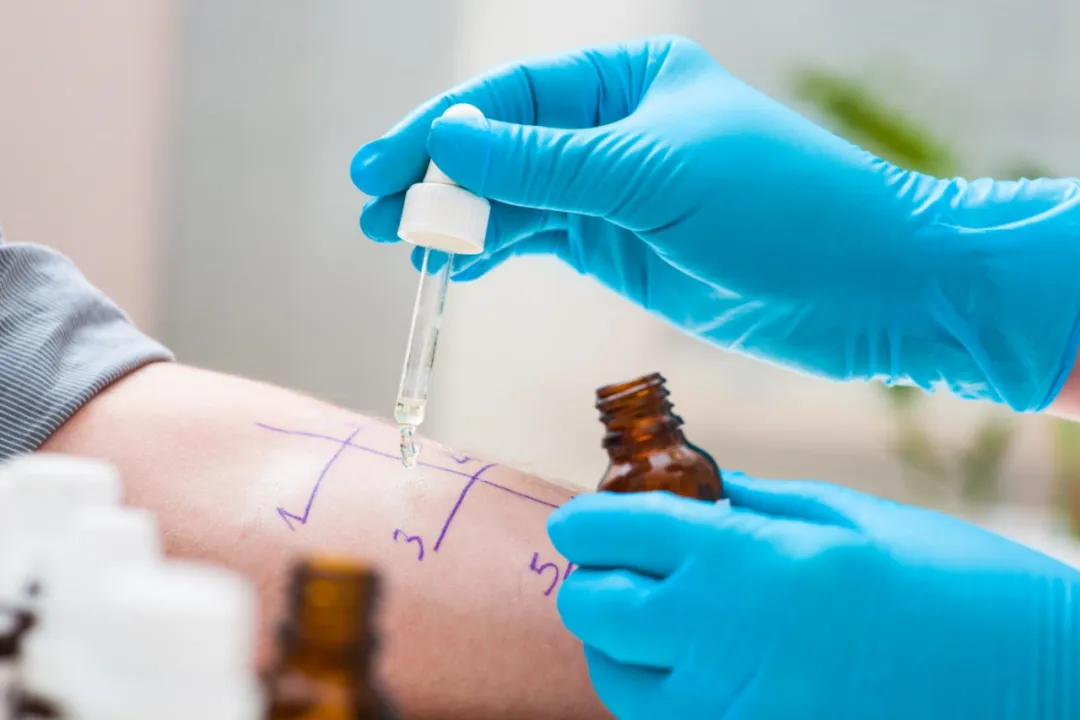Allergic rhinitis is a well-worn topic, but I still want to write this科普—because in my practice, while many parents of children with allergic rhinitis understand the disease and benefit from desensitization therapy, others remain unaware of both the condition and this treatment. Some haven’t even heard of
subcutaneous immunotherapy (SCIT).
Through this article, I hope to spread awareness about allergic rhinitis and desensitization therapy, helping more children break free from its grip.
 Q1: What is allergic rhinitis?
Q1: What is allergic rhinitis?
Allergic rhinitis refers to nasal inflammation triggered by allergens in susceptible individuals. Key symptoms include
paroxysmal sneezing, runny nose, nasal congestion, and itching (eyes, nose, palate). Additional symptoms: postnasal drip, cough, irritability, and fatigue.
Note: Similar symptoms may arise from upper respiratory infections or non-allergic rhinitis.
Q2: Common allergens for allergic rhinitis
Airborne
inhalant allergens dominate: dust mites, cat/dog dander, mold, cockroaches, pollen. Food allergens rarely cause allergic rhinitis. Cold air or strong odors are
not allergens, despite some parents’ claims.
Q3: Should children with symptoms get allergy testing?
Yes. Symptoms alone don’t confirm allergic rhinitis. Diagnosis requires
clinical history, symptoms, and allergen testing. Testing guides allergen avoidance and eligibility for desensitization therapy, reducing long-term medication reliance.
Q4: How is allergy testing done?
Skin prick testing: Fast, cost-effective method to detect allergen-specific IgE. Rare systemic reactions may occur, but it’s generally safe. A positive result shows a wheal/flare reaction within 20 minutes.
Serum-specific IgE testing: More expensive, less sensitive for inhalant allergens, but broader allergen coverage. Useful when skin prick is negative for dust mites or specific allergens lack diagnostic solutions. Also quantifies total IgE levels.
Q5: Treatment for allergic rhinitis
Allergen avoidance: Implement after confirming allergens via testing.
Medications:
First-line: Intranasal corticosteroids (most effective for persistent symptoms).
Others: Oral/antihistamine sprays, mast cell stabilizers (cromolyn), leukotriene modifiers, ipratropium.
Caution: Over-the-counter sedating antihistamines (e.g., diphenhydramine) carry side effects. Always follow medical guidance.
Allergen immunotherapy: Detailed below.
Saline irrigation: Flushes allergens; use alone for mild cases or before medications.
Q6: What is desensitization therapy?
Allergen immunotherapy involves controlled exposure to allergens, gradually increasing doses to induce immune tolerance. It’s the
only treatment that modifies the disease’s natural course, offering long-term remission or even “cure.”
Q7: Who qualifies for desensitization?
Patients with:
Allergic rhinitis/conjunctivitis/asthma confirmed by IgE testing.
Poor response to medications/allergen avoidance.
Desire to reduce long-term drug use/costs.
Need to prevent asthma in children.
Requires physician assessment to exclude contraindications.
Q8: Age limits for subcutaneous immunotherapy (SCIT)?
Children: Generally recommended for
>5 years old due to cooperation and safety. SCIT may prevent asthma progression, especially in those with family history.
Adults: Effective even up to
60 years old, but requires evaluation for cardiac/pulmonary comorbidities.
Q9: Are there biomarkers to monitor SCIT efficacy?
No routine tests reliably predict outcomes. During SCIT:
Allergen-specific IgE rises initially, then declines.
IgG4 levels increase, but these changes don’t correlate with symptom improvement.
Skin retesting is not recommended for monitoring.
Q10: SCIT dosing schedule & post-treatment relapse
Build-up phase: Weekly injections for
3-6 months until maintenance dose.
Maintenance: Injections every
4-6 weeks for
≥3 years.
Post-therapy: Benefits often persist for years, but early relapse is unpredictable.
Key: SCIT offers lasting relief but demands patience. For children, it’s a strategic investment in long-term health.
